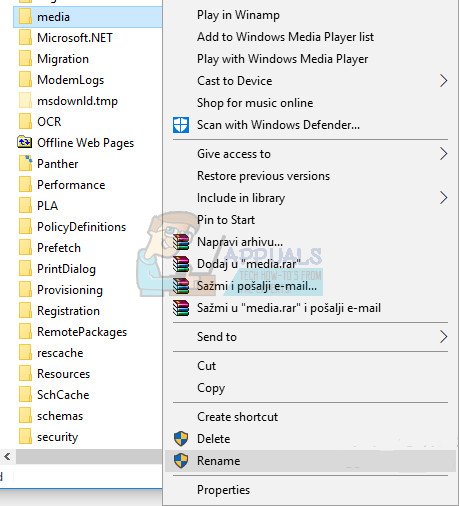How to Disable Beeping on Errors on Windows 7, 8 and 10
You are probably already familiar with the beep sound Windows makes each time an error is encountered and you are probably tired of hearing it. The sound can get extra annoying if an error message is constantly popping up while you are trying to do something on your computer.
This system beep can be easily disabled if you follow the instructions below but note that this can sometimes backfire as you will not be able to register an error message until you navigate to the program which caused it to appear. Make sure you read the remainder of the article in order to find out how to disable this sound step by step.
Solution 1: Use The Following Command in the Run Dialog Box
The solution presented below is actually a shortcut for disabling certain services located on your computer which deal with these beep sounds. The command below should disable them and get rid of these annoying sounds.
- Click on the Start menu button and type Run. Select Run from the list of results and a Run dialog box will appear.
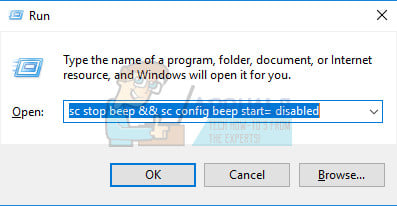
- Type “sc stop beep && sc config beep start= disabled” in the run dialog box and click the OK button. This will disable these services so it’s time to restart your computer and check to see if these annoying beep sounds keep appearing.
Solution 2: Disabling the Sounds from Device Manager
It’s also possible to use Device Manager in order to disable these sounds simply by disabling the device used to create these sounds. This is a better solution for people who like to see what they are doing when solving the issue and you can revert these changes easily.
- Click on the Start menu button and type Run. Select Run from the list of results and a Run dialog box will appear.
- Type “devmgmt.msc” in the run dialog box and click the OK button. This will open the Device Manager window.
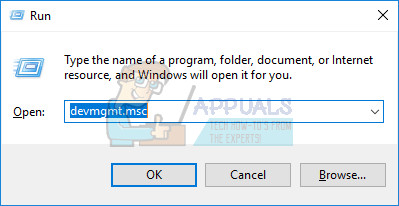
- After the Device Manager opens, click on the View option in the menu and click on the “Show hidden devices” button.
- Next, in the right section of the screen locate the Non-plug and Play Drivers group. Please know that the group will be visible only after you enable the ‘Show hidden devices’ option.

- Once you locate it, click on the group and locate the item called Beep. Then, double-click the item to open the ‘Beep Properties’ window. Under this window, select the ‘Drivers’ tab and choose the ‘Disabled’ option from the System type drop-down menu.
- Note that you will have to restart your computer in order to apply these changes and remove the system beep sounds from your PC.
Note: If this does not work, you can also disable the System Speaker by navigating to Device Manager >> System Devices >> System Speaker. Double-click on it and disable it the same as you did for the Beep device.
Solution 3: Using Control Panel in Order to Disable System Sounds
Control panel can also be used to disable system sounds if you were unable to find luck using any of the methods displayed above. This method works for all versions of Windows and it’s probably the simplest one to perform.
- Open Control Panel by searching for it in the Start menu or by using the search button located at the taskbar
- Use the View by Category option and click on Hardware and Sound. Section. When the new window opens, locate the Sound section and click on the Change system sounds option.
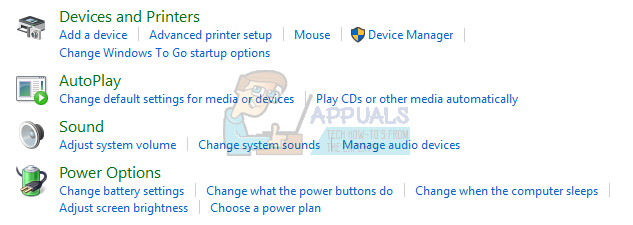
- Now, under the Sounds tab, browse to and select the Default Beep. Now, towards the bottom of the Sound properties window, you will see a drop-down menu for Sounds. Select (None) and click on Apply/OK. This will disable the default system beep for good.
Solution 4: Using the Volume Mixer Option
This option is the easiest to gain access to and its only disadvantage is that this option sometimes resets on its own. However, it’s the safest as you can quickly revert any changes and you are sure that error messages won’t make a sound on your computer. Other beeps might occur, such as the ones which occur while you computer is turning on or off.
- Locate the Volume icon located at the far right part of the taskbar, right-click on it, and choose the Open Volume Mixer option from the context menu which pops up.
- Make sure the System Sounds slider has been set to the bottom and you will enjoy the system sound free environment.
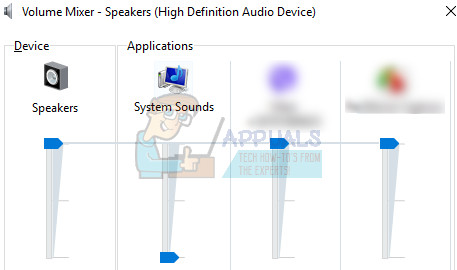
- Note that you will need to repeat this process for your headphones or your external speakers if you are using them since Windows remembers these settings only for the speaker currently in use.
Solution 5: Rename the Folder Where the Media Files are Stored
All system sounds are usually stored in a single system folder and Windows can access them when a certain sound needs to be played. Users who have struggled to change any of the methods above because of various circumstances can use this easy method.
- Navigate to the C >> Windows folder on your computer by clicking on This PC option located at your desktop.
Note: If you are not able to see the Windows folder in Local Disk C, you will need to enable the Show Hidden Files and Folders option from within the folder.
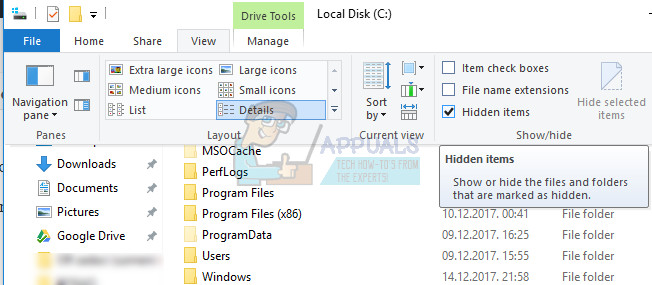
- Click on the “View” tab on File Explorer’s menu and click on the “Hidden items” checkbox in the Show/hide section. File Explorer will show the hidden files and will remember this option until you change it again.
- When you notice the Media folder, right-click on it and choose the Rename option. Rename it to Media.old or something else so that you can easily fix the problem is your PC starts misbehaving. Apply the changes and restart your computer to see if your problem has been resolved.
